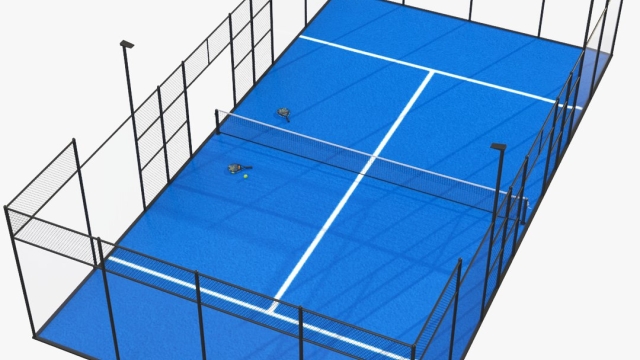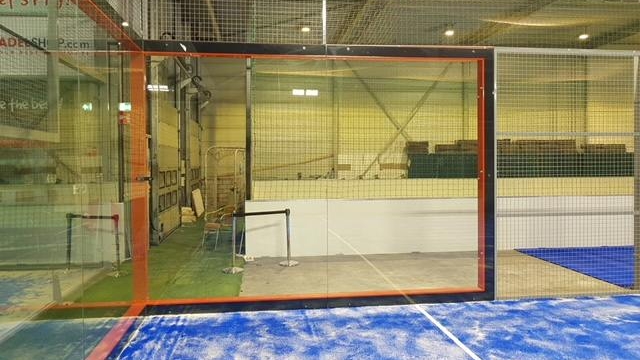
Revolutionizing Healthcare Spaces: The Future of Furniture
In recent years, the healthcare industry has experienced significant advancements in technology, research, and patient care. However, one aspect that often goes unnoticed is the critical role that furniture plays in healthcare spaces. Healthcare furniture not only provides comfort and functionality but also contributes to creating an environment that promotes healing and well-being.
Gone are the days when healthcare furniture was solely about practicality, with utilitarian designs dominating hospital rooms and waiting areas. Today, there is a growing recognition that the selection of furniture in healthcare settings can have a profound impact on patient experience, staff productivity, and overall ambience. From hospitals to clinics, rehabilitation centers to nursing homes, healthcare spaces are being revolutionized through innovative furniture designs that prioritize both aesthetics and functionality.
The future of healthcare furniture lies in its ability to adapt to the changing needs and expectations of patients and healthcare providers. While comfort remains paramount, there is an increasing focus on incorporating elements that promote wellness, enhance infection control measures, and foster a sense of calm and tranquility. Whether it’s ergonomic seating that offers support and prevents musculoskeletal issues or modular furniture systems that provide flexibility and facilitate space optimization, the possibilities are endless when it comes to transforming healthcare spaces through thoughtful furniture design.
As healthcare facilities continue to evolve, so do the requirements for furniture that can withstand the demands of high-traffic areas while still offering a warm and inviting atmosphere. Additionally, sustainability is becoming a fundamental consideration, with an emphasis on using eco-friendly materials and designs that minimize waste and environmental impact. In this era of innovation and progress in healthcare, it is clear that furniture will play an increasingly vital role in shaping the future of healthcare spaces, ultimately contributing to improved patient outcomes and enhanced well-being for all.
Ergonomics in Healthcare Furniture
The design and functionality of healthcare furniture play a crucial role in the well-being of patients and healthcare professionals alike. With the ever-evolving landscape of healthcare, optimizing ergonomics in furniture has become increasingly important. Healthcare furniture needs to support comfort, efficiency, and safety to enhance the overall healthcare experience.
One key aspect of ergonomics in healthcare furniture is the adjustability of seating and work surfaces. Customizable features such as height adjustment and backrest recline enable healthcare professionals to find the most comfortable and ergonomic positions, reducing the risk of musculoskeletal strain. Similarly, patients can benefit from adjustable features that cater to their specific needs, providing a comfortable and supportive environment during their healthcare journey.
Another important consideration is the use of materials that promote cleanliness and infection control. Healthcare furniture must be easy to clean and resistant to microbial growth. Antimicrobial coatings and materials with smooth surfaces help maintain a hygienic environment, reducing the risk of healthcare-associated infections. Additionally, furniture with moisture resistance properties ensures durability and longevity in healthcare settings.
Furthermore, mobility is a key factor in healthcare furniture design. Portable seating, mobile carts, and adjustable tables allow for easy movement and quick adjustments to accommodate the needs of patients and healthcare providers. This flexibility improves workflow efficiency and enhances patient care by enabling healthcare professionals to have everything they need within reach.
Commercial Furniture
In conclusion, ergonomics plays a vital role in the design of healthcare furniture. By focusing on adjustability, cleanliness, and mobility, healthcare spaces can revolutionize the way patients are treated and enhance the overall healthcare experience. Prioritizing ergonomics in healthcare furniture ensures the well-being of both patients and healthcare professionals, promoting comfort, efficiency, and safety in healthcare environments.
Technology Integration in Healthcare Furniture
Technology integration in healthcare furniture has revolutionized the way medical facilities operate and enhance patient experiences. With the rapid advancement of technology, healthcare furniture has become more than just practical pieces; they have now become intelligent and interactive tools that greatly contribute to the overall healthcare environment.
One prominent example of technology integration in healthcare furniture is the implementation of smart beds. These beds are equipped with sensors that monitor patients’ movements, heart rate, and even their sleeping patterns. The data collected can then be analyzed by healthcare professionals to detect any abnormalities or potential risks to the patient’s health. Furthermore, these beds can be adjusted automatically to optimize patient comfort and support, providing tailored care that enhances the healing process.
Another exciting technological integration is seen in the development of interactive waiting room furniture. Traditional waiting rooms can often be dull and unengaging, leading to anxious patients and a less than ideal healthcare experience. However, with the introduction of interactive furniture, patients can now occupy themselves with informative touchscreens, allowing them to access educational material, check their appointments, or even play games that help reduce stress and anxiety.
Furthermore, technology integration has extended beyond the patient-centric aspects of healthcare furniture. Medical professionals can now benefit from smart desks and workstations that have integrated systems for managing patient records, accessing vital information, and even performing remote consultations. These technologically advanced furniture solutions not only improve workflow efficiency but also enhance connectivity and collaboration between healthcare professionals.
In conclusion, technology integration in healthcare furniture is transforming the way medical facilities operate. From smart beds that monitor patients’ vital signs to interactive waiting room furniture that enriches the patient experience, technology has the power to revolutionize healthcare spaces. Through these innovative furniture solutions, the healthcare industry can provide more personalized care, improve patient outcomes, and create an environment that promotes overall well-being.
Design and Aesthetics in Healthcare Furniture
When it comes to healthcare furniture, design and aesthetics play a crucial role in creating a comfortable and welcoming environment for patients and healthcare providers alike.
First and foremost, the design of healthcare furniture should prioritize functionality and ergonomics. Chairs, beds, and other furniture pieces should be designed to support the specific needs and activities of healthcare settings. Adjustable features, such as height and backrest positions, can ensure optimal comfort and support for patients during their stay.
In addition to functionality, aesthetics also play a significant role in healthcare furniture design. Gone are the days of sterile and impersonal healthcare spaces. The modern approach to healthcare design recognizes the importance of creating calming and soothing environments. This is where the aesthetics of healthcare furniture come into play.
Soft colors, natural materials, and curves can help create a sense of tranquility in healthcare spaces. Furniture pieces with clean and sleek lines can contribute to a modern and sophisticated atmosphere. Incorporating elements of nature, such as indoor plants or artwork depicting nature scenes, can also have a positive impact on the overall ambiance.
By carefully considering the design and aesthetics of healthcare furniture, healthcare facilities can create spaces that are not only functional but also visually appealing and conducive to healing. Investing in well-designed furniture can significantly contribute to revolutionizing healthcare spaces and enhancing the overall patient experience.




